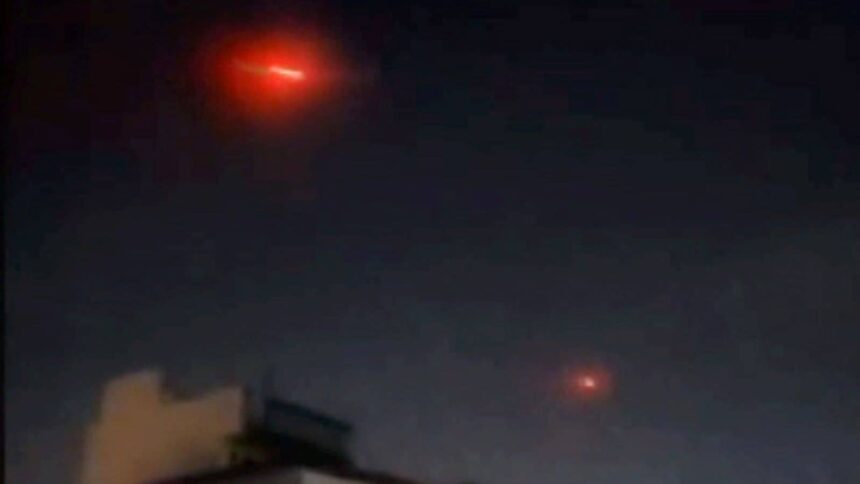Swarms of poor quality, basic drones crowding Indian skies, camouflaging a handful of surveillance and attack drones within them. This was Pakistan’s strategy to map Indian military installations, gather intelligence, carry out limited attacks and overwhelm air defences in the days following India’s launch of Operation Sindoor against terror infrastructure in Pakistan, The Indian Express has learnt.
According to military sources, a day after India launched its military offensive, at multiple locations across the western front — from Baramulla to Barmer. This continued for four days, including two days after the DGMOs of both sides agreed to a ceasefire.
While the first wave had a few armed drones on the night of May 8, there were more in the second wave of drones sent across the next night. About 300-400 drones were sent in swarms in each wave of intrusions, said sources.
The following two nights saw limited drone intrusions — Pakistan denied involvement, particularly in the intrusions that took place after both sides agreed on a ceasefire.
“Many of these drones were small ones, without any camera or other surveillance device. The aim was to clutter the radars beyond their capacity, gather intelligence on Indian air defence deployments and find gaps in the air defence network for future exploitation,” a source told .
The source said another aim was to exhaust Indian ammunition and missiles as well as to record the location of the Indian air defence systems and overwhelm them. “With drones, there was a deniability factor as well, particularly in the wake of the ceasefire, to reject allegations of any violation of the agreement… This was more valid for drones without any surveillance device or armament,” the source said, adding that the drone intrusions led to a significant expenditure of Indian ammunition.
“The sheer volume helped create fear among the civilian population during this period,” the source said.
According to sources, Pakistan also used LiDAR (Light Detection and Ranging) technology in the surveillance drones sent across to map Indian military installations and other critical locations.
While the origin of all the drones is not clear, India has said that some Turkish UAVs were used in the strikes launched by Pakistan.
A range of air defence platforms and equipment deployed by India had effectively tracked and downed these drones soon after the intrusions, using surface to air missiles and air defence guns.
“A bulk of these drones in and Kashmir were shot down by the Army’s legacy Soviet-origin L/70 guns using indigenous ammunition, thus preserving other sophisticated and new generation missiles for other roles,” another source said.
On Monday, the Armed Forces released visual evidence of the damage inflicted at Pakistani airbases and of various Pakistani drones and missiles that were intercepted and destroyed by Indian air defence systems.
They said older and battle-proven AD weapons like the Pechora, OSA-AK and the LLAD guns played a key role in countering the Pakistani threat vectors in the current operations, while underlining the stellar performance of indigenous AD weapons like the Akash system.








